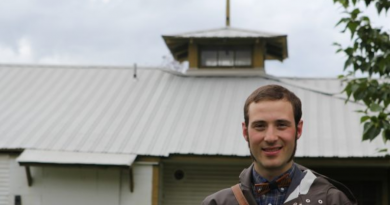Exhibit in Arctic Canada to showcase evolution of parkas
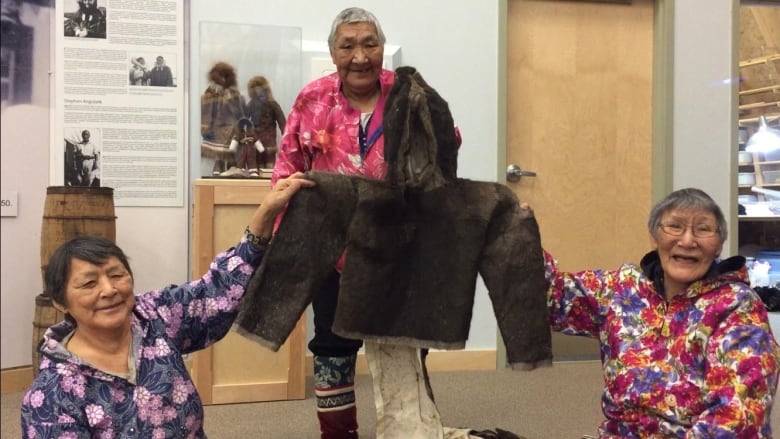
Mary Avalak deftly threads a needle with caribou sinew and makes a couple of stitches in a caribou-skin parka.
Picking up an ulu, she trims the edge.
“That’s to make it nice and straight,” she says, setting the tool down and smiling.
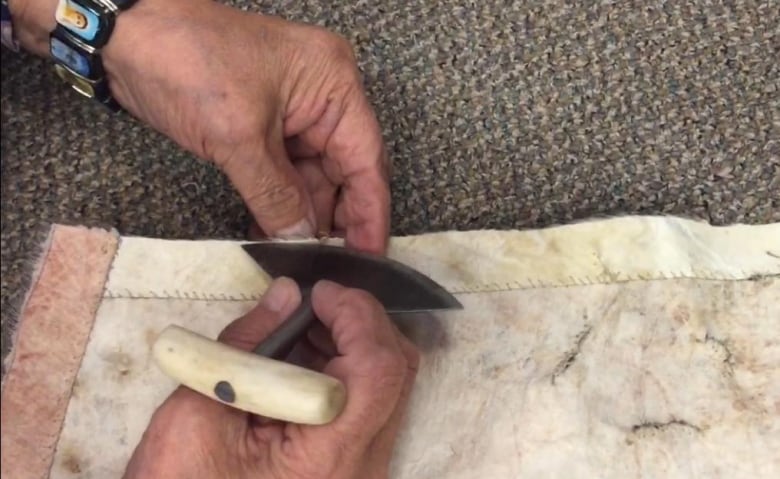
Avalak is one of the elders in Cambridge Bay working on a new exhibit for the Kitikmeot Heritage Society called “Patterns of Change.”
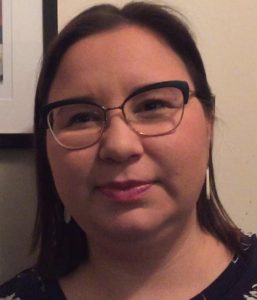
Pamela Gross, executive director of the non-profit organization, says the exhibit is about the evolution of Inuinnait parkas from pre-contact to today.
Inuinnait are people from the Nunavut communities of Cambridge Bay, Kugluktuk and Gjoa Haven, and the Northwest Territories (N.W.T.) community of Ulukhaktok.
Gross says the exhibit will demonstrate how women were traditionally seamstresses, and how they still are today.
“We’re excited to showcase that,” she says.
The exhibit will include five parkas, including the one Avalak helped sew, which is a drum-dance parka made entirely from caribou. It includes mitts and kamiks, or boots.
The exhibit will also include a “Mother Hubbard’ style parka, which Gross says she doesn’t see now as often as when she was growing up in Cambridge Bay. That’s a longer style of parka with a “sunburst hood” — a hood that incorporates both wolverine and wolf into the trim.
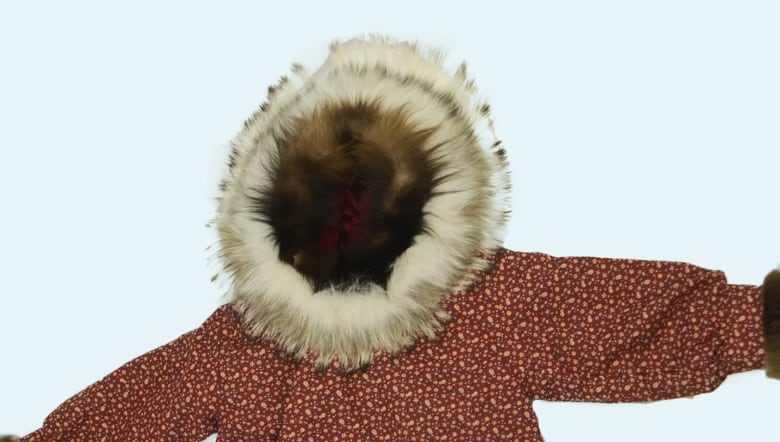
Different regions of Nunavut have different styles of parkas. Gross says delta braiding, for example, comes from the Mackenzie Delta. Various pieces of material are sewn onto the bottom of the parka in different designs.
Interest in sewing continues
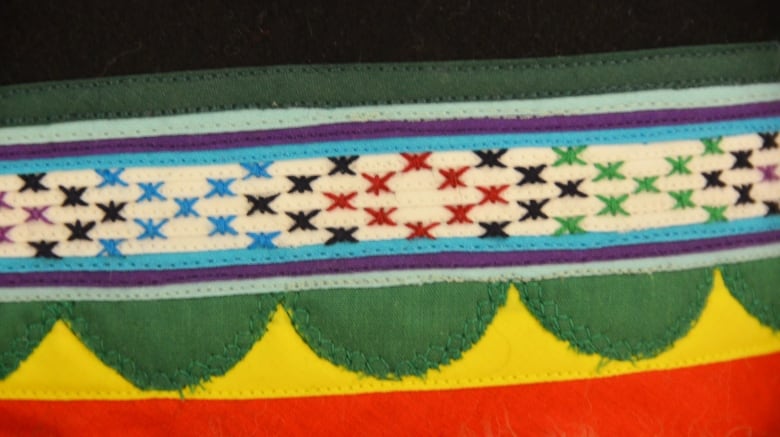
A sewing program will also run in the community in 2019, in conjunction with the parka project. Gross says interest is high in the community to learn techniques like making delta braids and sunburst hoods.
The Patterns of Change exhibit, which will also have iPad with a photo documentary, is scheduled to go on display in the heritage society’s museum in January.
It replaces the current exhibit about the Perry River seasonal camp, which Gross says has been on the floor since 2002. Gross says it needs to go into storage in order to protect the artifacts from light exposure.
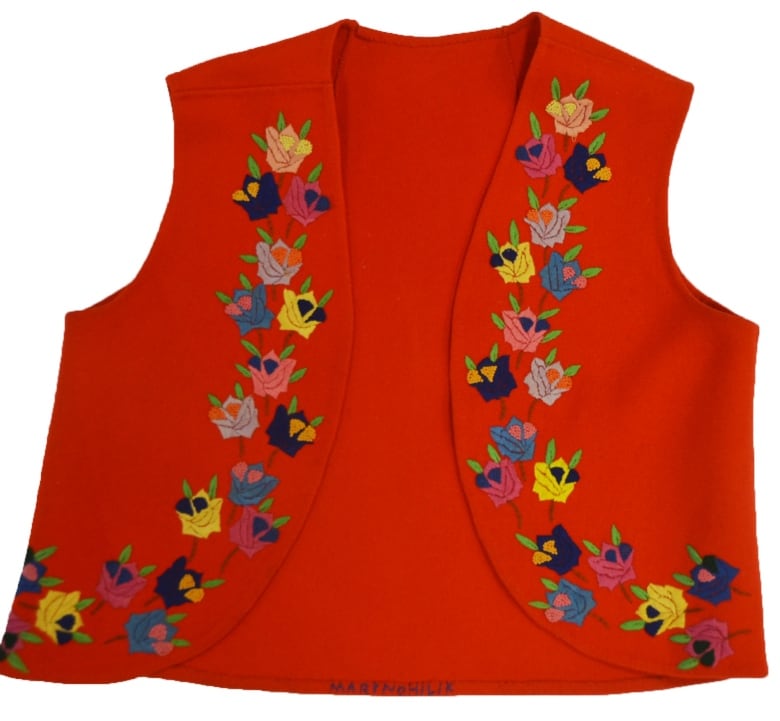
Related stories from around the North:
Canada: Inuit carvings head to Northern Canada after decades in California, CBC News
Finland: Finnish National Museum returns thousands of artefacts to indigenous Sámi people, Yle News
United States: Alaska museum’s latest exhibit gives unique look at pingoes, Alaska Public Media

